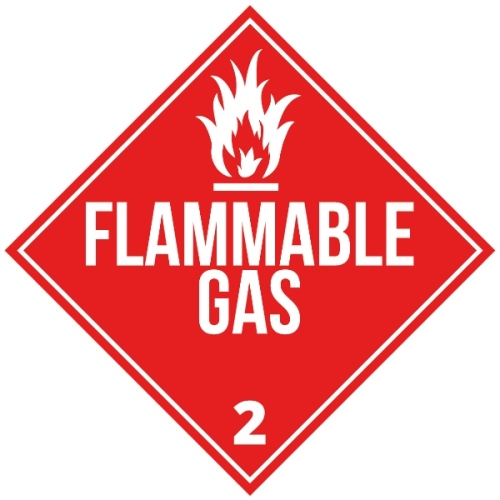What are dangerous goods?
Dangerous goods are substances and articles that have explosive, flammable, toxic, infectious or corrosive properties. They pose a risk to public safety, property or the environment.
Dangerous goods classes, divisions and packing groups
Dangerous goods substances and articles are allocated to one of 9 classes. Some of these classes are subdivided into divisions:
Class 1: Explosives
- Division 1.1: Substances and articles that have a mass explosion hazard
- Division 1.2: Substances and articles that have a projection hazard but not a mass explosion hazard
- Division 1.3: Substances and articles that have a fire hazard and either a minor blast hazard or a minor projection hazard or both, but not a mass explosion hazard
- Division 1.4: Substances and articles that present no significant hazard
- Division 1.5: Very insensitive substances that have a mass explosion hazard
- Division 1.6: Extremely insensitive articles that do not have a mass explosion hazard
Class 2: Gases
- Division 2.1: Flammable gases
- Division 2.2: Non-flammable, non-toxic gases
- Division 2.3: Toxic gases
Class 3: Flammable liquids
Class 4: Flammable solids; substances liable to spontaneous combustion; substances which, on contact with water, emit flammable gases
- Division 4.1: Flammable solids, self-reactive substances and solid desensitised explosives
- Division 4.2: Substances liable to spontaneous combustion
- Division 4.3: Substances that emit flammable gases when in contact with water
Class 5: Oxidizing substances and organic peroxides
- Division 5.1: Oxidising substances
- Division 5.2: Organic peroxides
Class 6: Toxic and infectious substances
- Division 6.1: Toxic substances
- Division 6.2: Infectious substances
Class 7: Radioactive material
Class 8: Corrosive substances
Class 9: Miscellaneous dangerous substances and articles.
Some dangerous goods fall into one of 3 packing groups depending on the degree of danger they present to people and equipment:
- Packing group I: Substances presenting high danger
- Packing group II: Substances presenting medium danger
- Packing group III: Substances presenting low danger.
The Australian Dangerous Goods Code provides more information about the classifications and divisions of dangerous goods, and if they are assigned to a packing group.
Placards and UN numbers
Each dangerous goods class is represented by a placard - a distinctive and specific class label in the shape of a diamond. For example:

Depending on its properties, each type of dangerous goods is assigned a number known as its UN number*; for example, petrol is UN 1203. The UN number can be found on the label, transport document or safety data sheet. Otherwise the manufacturer or supplier of the goods can tell you this. You can also check if the goods are listed in the Australian Dangerous Goods Code.
*The United Nations number (UN number) is a 4-digit numbering system developed by the United Nations Committee of Experts on the Transport of Dangerous Goods for the quick identification of dangerous goods.
Interstate contacts
Contact an interstate competent authority for information on dangerous goods regulations, licensing and classifications outside of Queensland.